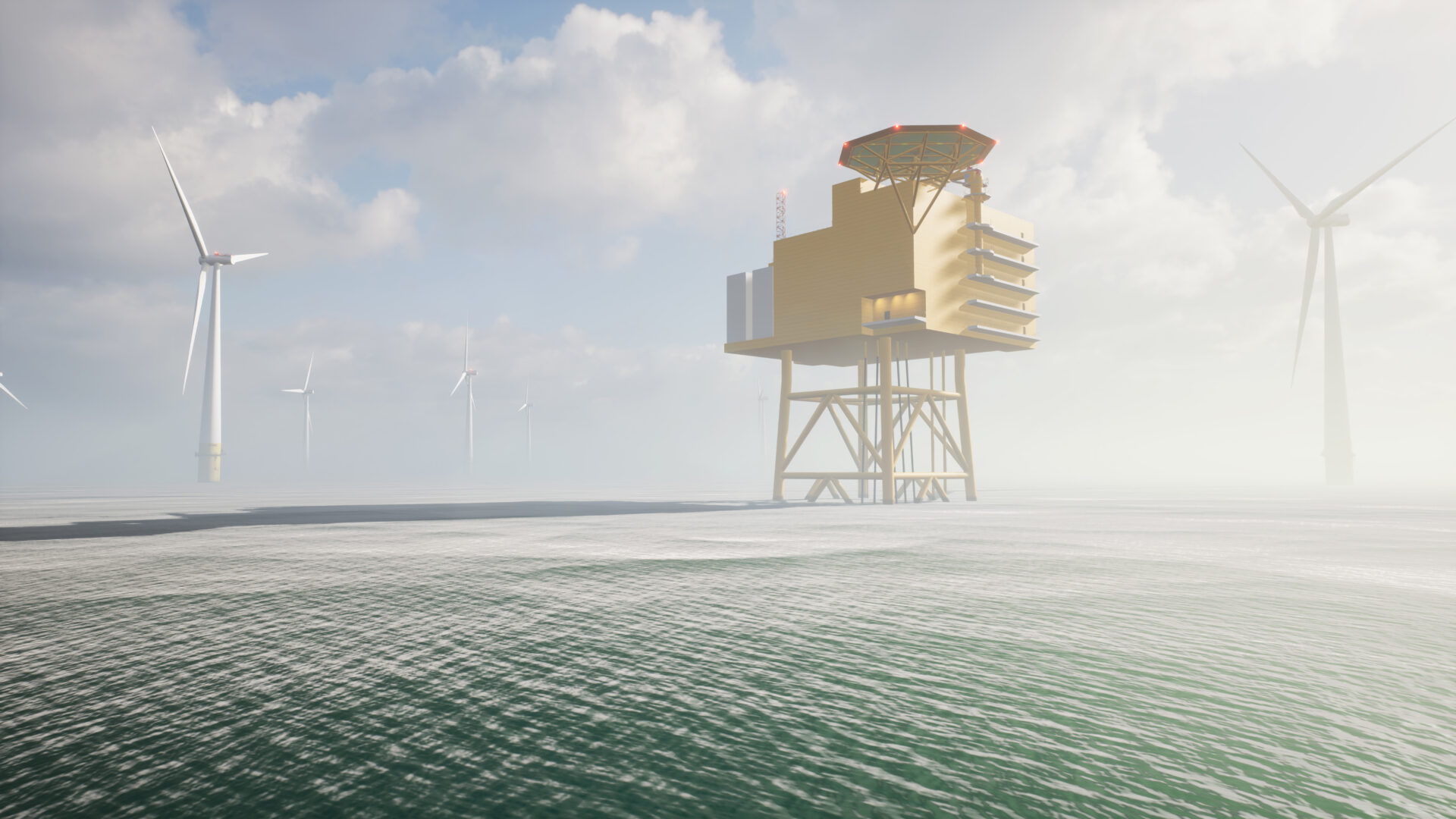 Illustration; Image source: AquaVentus
Illustration; Image source: AquaVentusThe parties that signed the appeal include the German offshore wind-to-hydrogen initiative AquaVentus, offshore wind and hydrogen players BP, Siemens Gamesa, RWE, Gasunie, Copenhagen Infrastructure Partners (CIP), EnBW, Equinor, and Lhyfe, as well as industry organisations WAB and the Federal Association of Offshore Wind Farm Operators (BWO), among others.
The enormous potential of the North Sea to function as a green power plant must be taken into account and clear and sustainable perspectives are needed to build value chains and make investments, the appeal reads. The National Hydrogen Strategy (Nationalen Wasserstoffstrategie; NWS) must now follow up on the declarations signed in Esbjerg and Ostend and set a clear role for offshore hydrogen, the signatories state.
As reported in January, in the country’s new area development plan for offshore wind, Germany’s Federal Maritime and Hydrographic Agency (BSH) also outlined the first offshore hydrogen area in the North Sea.
The area, SEN-1, spans over 100 square kilometres in the North Sea and will allow for an electrolysis capacity of up to 1 GW to be tested and connected with a hydrogen pipeline.
Following the release of the new area development plan and the designation of the 1 GW offshore green hydrogen area, German offshore wind and hydrogen industry associations called on the German government to strategically plan the first offshore green hydrogen tender so it could be a stepping stone to the fast roll-out of further such projects, bringing large quantities of green hydrogen.
The new appeal that the German industry sent to the government says the designation of the SEN-1 area is an important milestone and that companies along the entire value chain are ready to promote the development of an offshore hydrogen economy in Germany and Europe.
However, the prerequisite for this is that the associated supply chains receive a sustainable perspective from the NWS and the German contribution to a networked European hydrogen economy should therefore be set in the NWS at 10 GW of generation capacity for offshore green hydrogen by 2035, the industry says.
The appeal also calls for clear goals to be set to advance European offshore hydrogen grid planning.
Last month, the energy ministers of France, Ireland, Luxembourg, Norway and the UK signed the Ostend Declaration, by which they joined Belgium, Denmark, Germany and the Netherlands in the ambitions outlined in last year’s Esbjerg Declaration. In Ostend, the countries set a joint target of 30 GW of onshore and offshore electrolysis capacity by 2030 and further expanding their production by 2050.
The connection of offshore production areas and the development of a dedicated offshore hydrogen pipeline infrastructure as part of national and European network development planning is a central component, the German offshore hydrogen industry points out, adding that this goal must become part of the NWS and also provide for networking with other countries, such as the Netherlands, Denmark, the UK, and/or Norway.
The appeal to the German government further highlights the potential for offshore electrolysis from offshore wind energy and says that a binding and stable legal framework for the production and transport of offshore green hydrogen is key to increasing investment security along the entire value chain.
To support the development of the green hydrogen economy, reliable incentives should be offered for individual sectors to use green hydrogen, such as through climate protection agreements or quotas. To facilitate planning security and economic viability, the government should also help facilitate securing long-term offshore hydrogen contracts, the industry says.